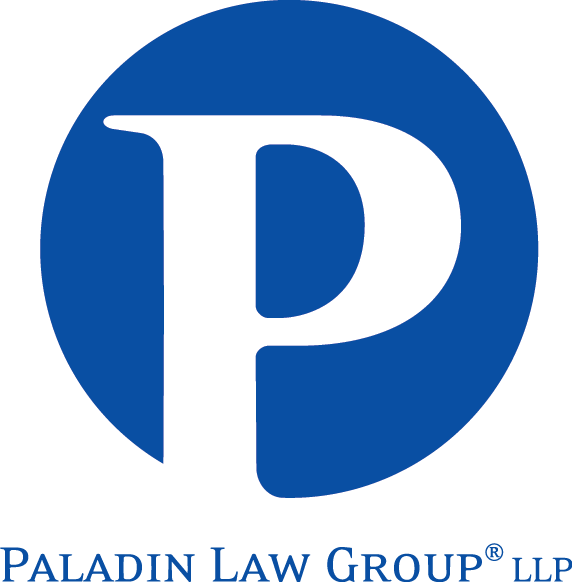Paladin’s work in green building includes green building design, green building construction, as well as green leases.
Generally, green building is the practice of increasing the efficiency of buildings and their use of natural resources such as water, wind, solar, use of grey water, green roofs, and building materials and systems with the end goal of reducing the overall impact of buildings on the environment and human health.
Furthermore, this push to become more efficient – i.e., more sustainable – in the use of energy by buildings drives innovation and the economy. Green building brings with it a significant boost in economic and social benefits such as reduced operating costs, improved occupant productivity, comfort, and health, as well as the opportunity to create, expand, and shape markets for green products and services.
Real estate value may also increase due to the boost in aesthetic quality. Finally, green building contributes to a vast improvement in overall quality of life. Further, projects that earn certification from the U.S. Green Building Council demonstrating that they have met Leadership in Energy and Environmental Design (“LEED”) standards enjoy government incentives, marketing benefits and increased property value.
Green Building Law Featured at Bench & Bar Conference
Climate Change and the Law was the theme of the Santa Barbara Bench & Bar Conference and Bret Stone delivered with a discussion of Green Building Law, LEED Certification, and CALGreen using the construction of his shipping container home, featured in Dwell, as a model. Building material conservation and resource efficiency was achieved by replacing wood framing with repurposed shipping containers and poured-in-place concrete walls. Energy efficiency features include a south-facing orientation to maximize passive solar design, rooftop solar panels, and battery storage for energy self-supply. Water efficiency attributes include drought tolerant native landscaping, grey water, storm water retention.
